毕业设计(论文)
题目名称:JOB365 后台管理系统
——登录注册及求职者管理
院系名称:计算机学院
班
学
级:网络 13 卓越
号:2013*******
学生姓名:鹿晗
指导教师:鹿晗
2017 年 05 月
�
�
论文编号:(201300824404)
JOB365 后台管理系统
Job365 Backstage Management System
院系名称:计算机学院
班
学
级:网络 13 卓越
号:2013*******
学生姓名:鹿晗
指导教师:鹿晗
2017 年 05 月
�
�
摘 要
全球信息时代的到来,是以科学技术发展为基础,带来了一个丰富多彩的世界。在这
个快节奏的高科技时代,人们的生活与科技的发展息息相关,衣、食、住、行样样都不能
分离,并且在生活的方方面面都发生了沧海桑田的变化。因此出现了一个不同形式的招才
纳贤的平台——网上招聘,来适应这个快节奏的社会,为人们提供方便。网上招聘网站,
对于企业可以发布招聘信息,查找需要的人才,推送招聘信息等;对于求职者可以公布个
人求职信息,查看招聘信息,申请职位等;对企业、求职者二者而言,网站招聘省时省力,
节省以往招聘会所需的人力物力,且提高了成功率。因此,运用所学的科学技术去完成一
个方便企业与求职者可以随时随地进行互动交流的网络平台。
JOB365 是一个招聘网站的后台管理系统,主要叙述了本后台管理系统的功能设计
与实现过程,其中主要针对 JOB365 后台管理系统中的登录注册与求职者模块的设计与实
现的过程进行研究。系统在开发的过程中使用敏捷开发机制进行设计与实现,具体从系统
的需求分析、系统使用的 SSM 技术框架、系统数据库设计、系统编码实现以及系统功能
测试等几个方面进行详细阐述。
关键词:招聘网站;数据库;SSM 技术框架
I
�
Abstract
to adapt
talent - online recruitment,
The arrival of the global information age, based on the development of science and
technology, as we bring a rich and colorful world. In this fast-paced era, the development of
science and technology has been closely related to our lives, clothing, food, shelter, can not leave,
and all aspects have undergone enormous changes. For this there has been a new platform to
recruit
to this fast-paced society, for us to provide
convenience. Online recruitment website, for enterprises can publish recruitment information,
find the necessary talent, push recruitment information, etc; for job seekers can publish personal
job information, see job information, apply for jobs, etc ; for business, job seekers both, the site
recruitment Saving time and effort, saving the manpower and material resources required by the
previous job fairs, and improve the success rate. Therefore, we use our own science and
technology to complete a convenient business and job seekers can communicate with each other
anytime, anywhere network platform.
This system is a background management system of recruitment website, mainly describes
the design and implementation process of JOB365 background management system, which
mainly focuses on the process of design and implementation of registration and job seekers in
JOB365 background management system. The system is designed and implemented in the
process of development using agile development mechanism. It elaborates from the aspects of
system demand analysis, SSH technology framework, system database design, system coding
implementation and system function test.
Key words: Recruitment Site;
Database; SSM Technology Framework
II
�
目
录
摘 要.................................................................................................................. I
Abstract............................................................................................................ II
目 录..........................................................................................................III
第 1 章 绪 论....................................................................................................1
1.1 开发背景.................................................................................................1
1.2 发展现状及应用领域............................................................................ 2
1.3 开发研究意义........................................................................................ 2
1.4 主要工作.................................................................................................3
第 2 章 系统需求分析..................................................................................... 4
2.1 性能需求.................................................................................................4
2.2 功能需求.................................................................................................4
2.2.1 登陆与注册模块.............................................................................. 4
2.2.2 求职者管理模块之简历管理..........................................................5
2.2.3 求职者管理模块之简历上传..........................................................5
2.2.4 求职者管理模块之职位查询..........................................................5
2.2.5 求职者管理模块之留言查询..........................................................6
2.3 章节小结..................................................................................................6
第 3 章 系统概要设计..................................................................................... 7
3.1 总体的模块结构.................................................................................... 7
3.2 技术架构分析........................................................................................ 7
3.3 系统数据库的分析与设计.................................................................... 9
3.3.1 数据流图设计.................................................................................. 9
3.3.2 数据库 ER 图分析与设计.............................................................10
3.3.3 数据库表分析与设计.................................................................... 10
3.4 章节小结...............................................................................................14
第 4 章 系统详细设计及实现....................................................................... 15
4.1 开发环境的搭建与功能的实现...........................................................15
4.2 登录注册模块...................................................................................... 16
4.3 求职者管理模块.................................................................................. 18
4.3.1 求职者管理模块之简历信息.......................................................18
4.3.2 求职者管理模块之上传简历........................................................22
4.3.3 求职者管理模块之职位查询.......................................................25
4.3.4 求职者管理模块之留言查询........................................................27
4.4 章节小结...............................................................................................28
III
�
第 5 章 系统运行与测试............................................................................... 29
5.1 运行环境................................................................................................29
5.2 功能测试...............................................................................................30
5.2.1 登录注册功能测试....................................................................... 30
5.2.2 求职者管理模块功能测试...........................................................30
5.3 章节小结...............................................................................................32
第 6 章 总结与展望....................................................................................... 33
6.1 总结........................................................................................................33
6.2 展望.......................................................................................................33
参考文献..........................................................................................................34
致 谢................................................................................................................35
附 录................................................................................................................36
附录 A: 附加图、表.................................................................................. 36
附录 B: 主要源程序...................................................................................37
附录 C: 软件使用说明书.......................................................................... 42
附录 D: 光盘...............................................................................................44
IV
�
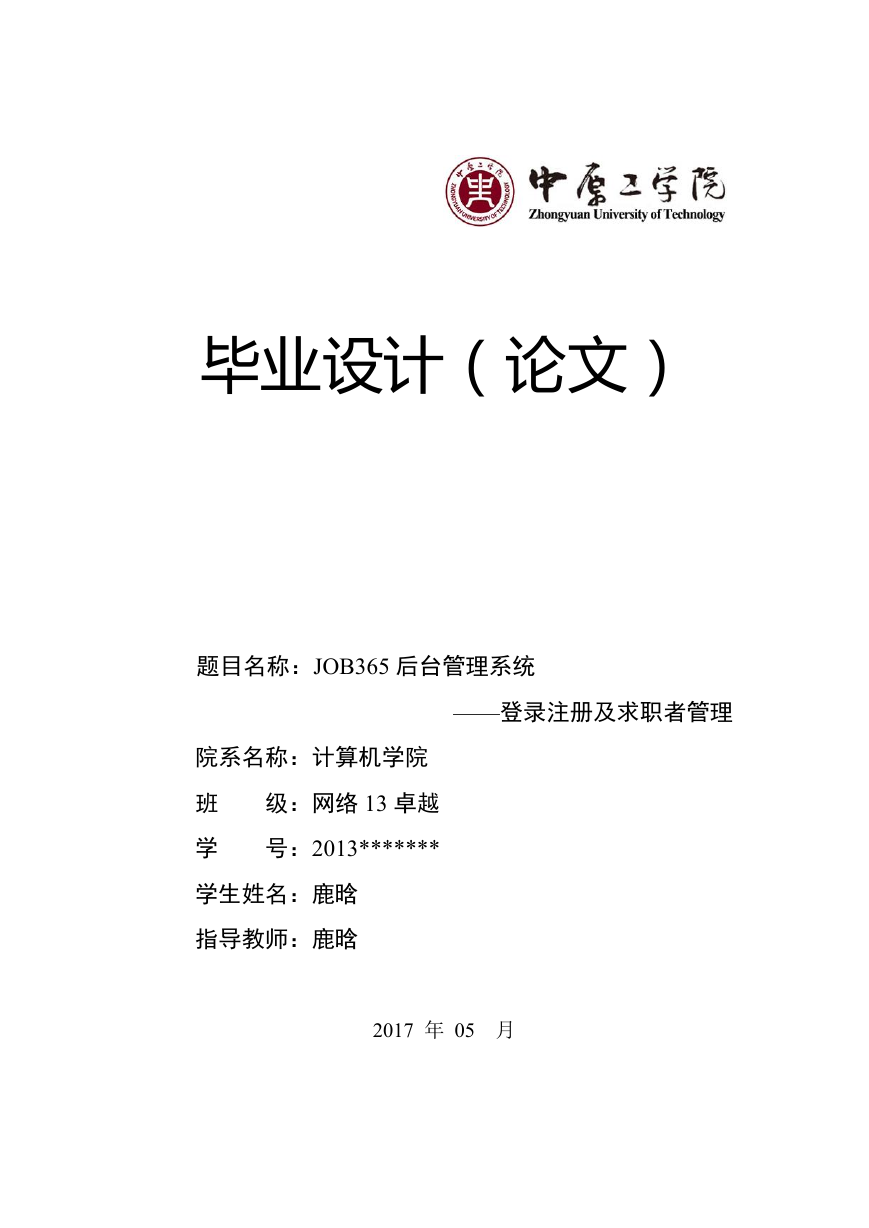

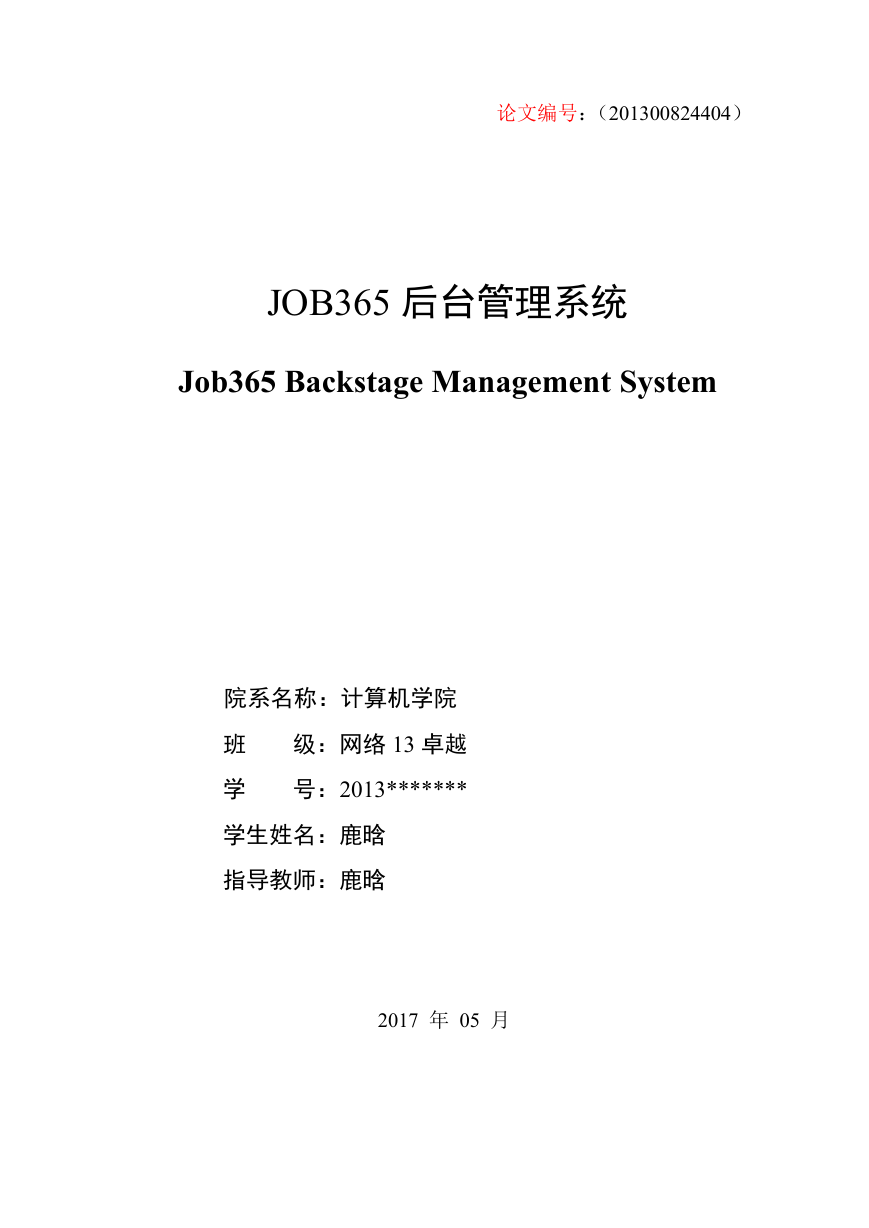

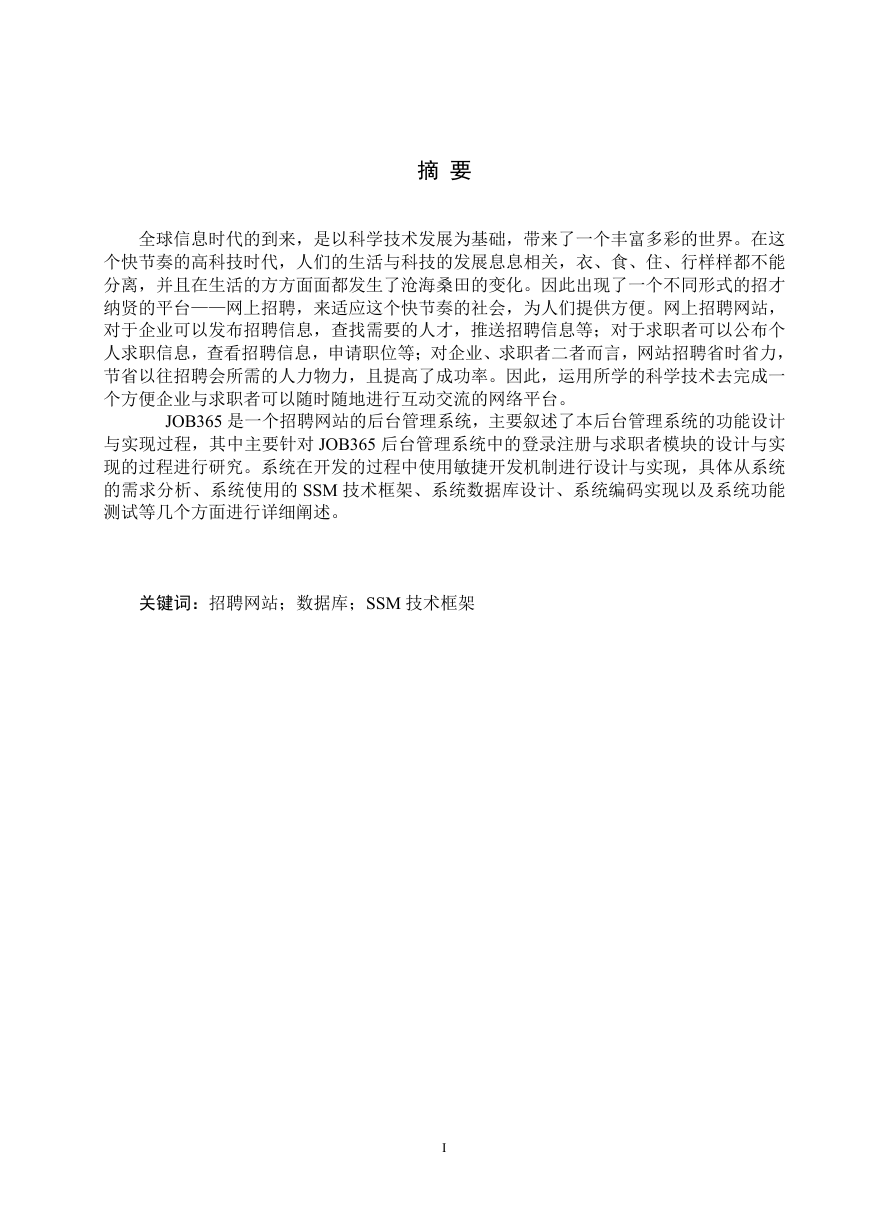
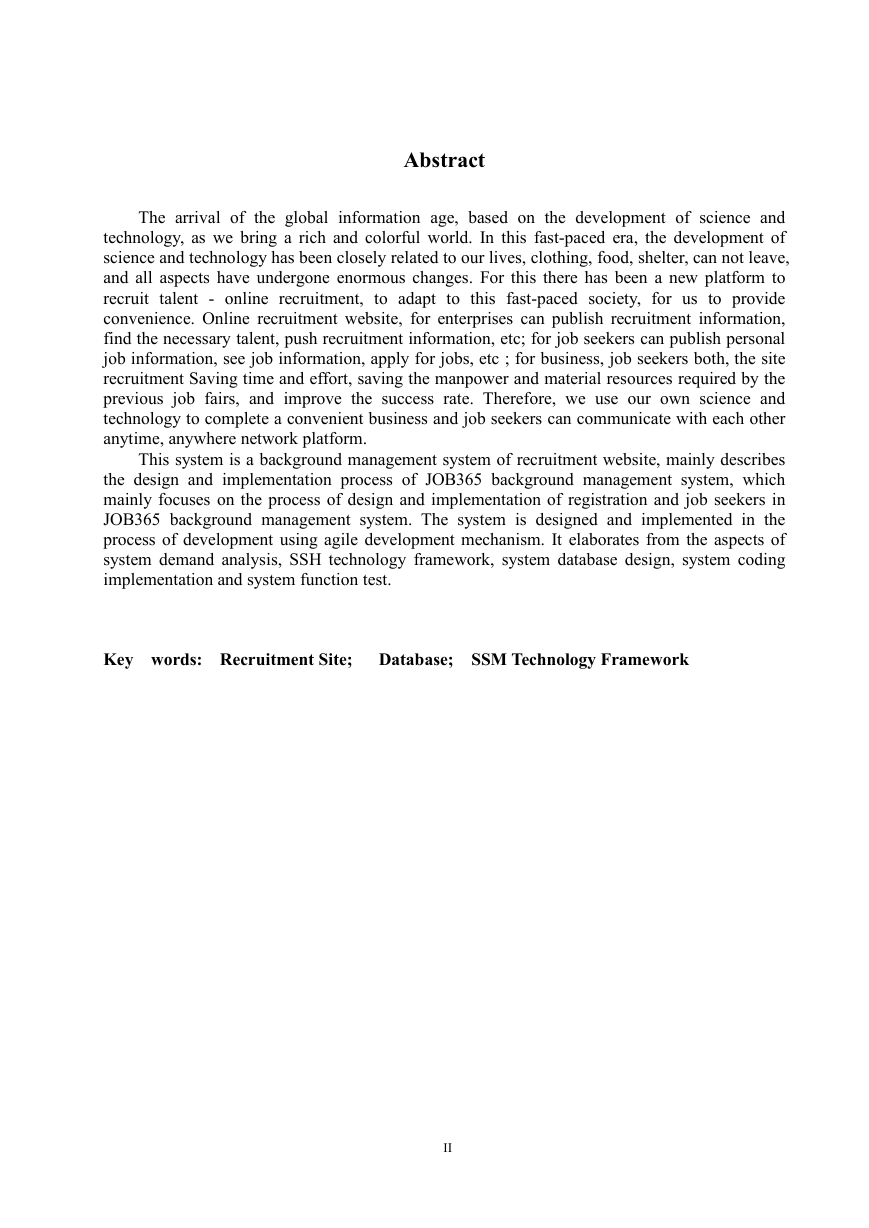
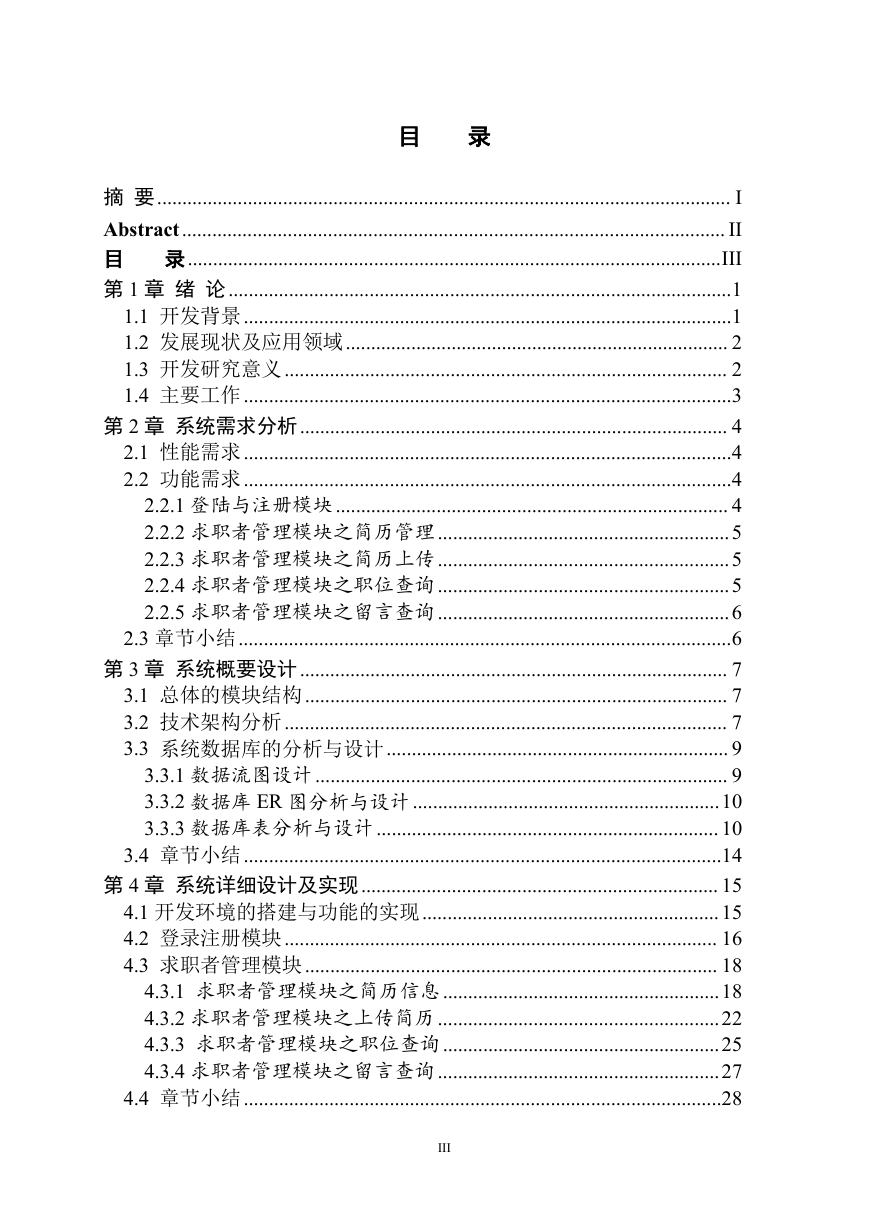









 2023年江西萍乡中考道德与法治真题及答案.doc
2023年江西萍乡中考道德与法治真题及答案.doc 2012年重庆南川中考生物真题及答案.doc
2012年重庆南川中考生物真题及答案.doc 2013年江西师范大学地理学综合及文艺理论基础考研真题.doc
2013年江西师范大学地理学综合及文艺理论基础考研真题.doc 2020年四川甘孜小升初语文真题及答案I卷.doc
2020年四川甘孜小升初语文真题及答案I卷.doc 2020年注册岩土工程师专业基础考试真题及答案.doc
2020年注册岩土工程师专业基础考试真题及答案.doc 2023-2024学年福建省厦门市九年级上学期数学月考试题及答案.doc
2023-2024学年福建省厦门市九年级上学期数学月考试题及答案.doc 2021-2022学年辽宁省沈阳市大东区九年级上学期语文期末试题及答案.doc
2021-2022学年辽宁省沈阳市大东区九年级上学期语文期末试题及答案.doc 2022-2023学年北京东城区初三第一学期物理期末试卷及答案.doc
2022-2023学年北京东城区初三第一学期物理期末试卷及答案.doc 2018上半年江西教师资格初中地理学科知识与教学能力真题及答案.doc
2018上半年江西教师资格初中地理学科知识与教学能力真题及答案.doc 2012年河北国家公务员申论考试真题及答案-省级.doc
2012年河北国家公务员申论考试真题及答案-省级.doc 2020-2021学年江苏省扬州市江都区邵樊片九年级上学期数学第一次质量检测试题及答案.doc
2020-2021学年江苏省扬州市江都区邵樊片九年级上学期数学第一次质量检测试题及答案.doc 2022下半年黑龙江教师资格证中学综合素质真题及答案.doc
2022下半年黑龙江教师资格证中学综合素质真题及答案.doc